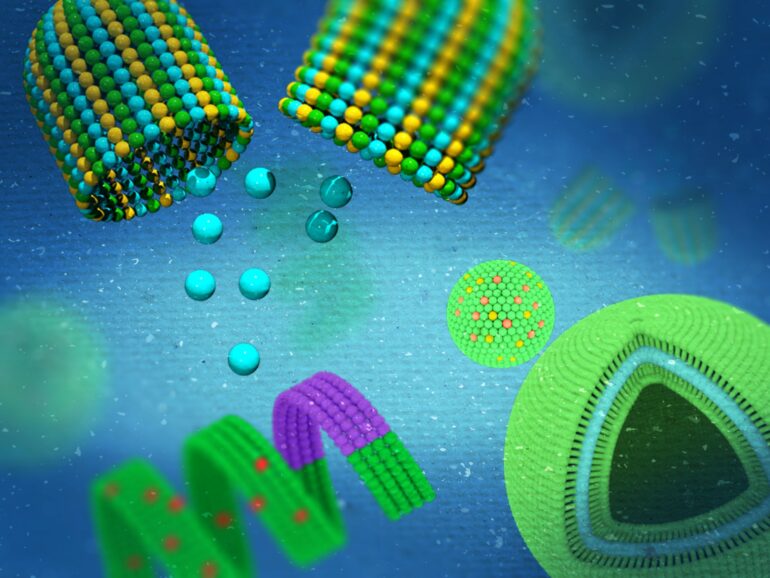Technologies based on nanoscale materials – for example, particles that are more than 10,000 times smaller than the period at the end of this sentence – play a growing role in our world.
Carbon nanofibers strengthen airplanes and bicycle frames, silver nanoparticles make bacteria-resistant fabrics, and moisturizing nanoparticles called nanoliposomes are used in cosmetics.
Nanotechnology is also revolutionizing medicine and pushing the boundaries of human performance. If you received a COVID-19 vaccine in the United States, it contained nanoparticles.
In the future, nanotechnology may allow doctors to better treat brain diseases and disorders like cancer and dementia because nanoparticles pass easily through the blood-brain barrier.
Nanoparticles in eye drops may temporarily correct vision. And strategically implanted nanoparticles in the eyes, ears or brain may enable night vision or hearing that’s as good as a dog’s. Nanoparticles could even allow people to control their smart homes and cars with their brains.
This isn’t science fiction. These are all active areas of research.
But frameworks for assessing the safety and ethics of nanoparticles have not kept pace with research. As a chemist working in bioscience, this limited oversight worries me. Without updated frameworks, it’s hard to tell whether nanotechnology will make the world a better place.
Nano – what and why?
Any particle or material between 1 and 100 nanometers in one dimension can be classified as “nano.” The period at the end of this sentence is 1,000,000 nanometers, and a human hair is about 100,000 nm in diameter. Both are much too large to be considered “nano.” A single coronavirus is about 100 nanometers in diameter, and soot particles from forest fires can be as small as 10 nanometers in diameter – two examples of naturally occurring nanoparticles.
This video shows how small nanoparticles are, compared with other objects.
Nanoparticles can also be produced in a laboratory. The adenovirus vectors, nanolipoparticles and mRNA used in COVID-19 vaccines are engineered nanoparticles. The zinc oxide and titanium dioxide used in sheer mineral sunscreens are also engineered nanoparticles, as is the carbon nanofiber in airplanes and bicycle frames.
Nanoparticles are useful because they have different properties than larger materials, even when they have the same chemical composition. For example, large particles of zinc oxide can’t be dissolved in water and are used as pigment in white paint.
Nanoscale zinc oxide is used in sunscreen, where it looks nearly transparent but reflects sunlight away from your skin to prevent sunburn.
Nanoscale zinc oxide also exhibits antifungal and antibacterial properties that could be useful for making antimicrobial surfaces, but the reason for its antimicrobial properties is not completely understood.
And therein lies the problem….



